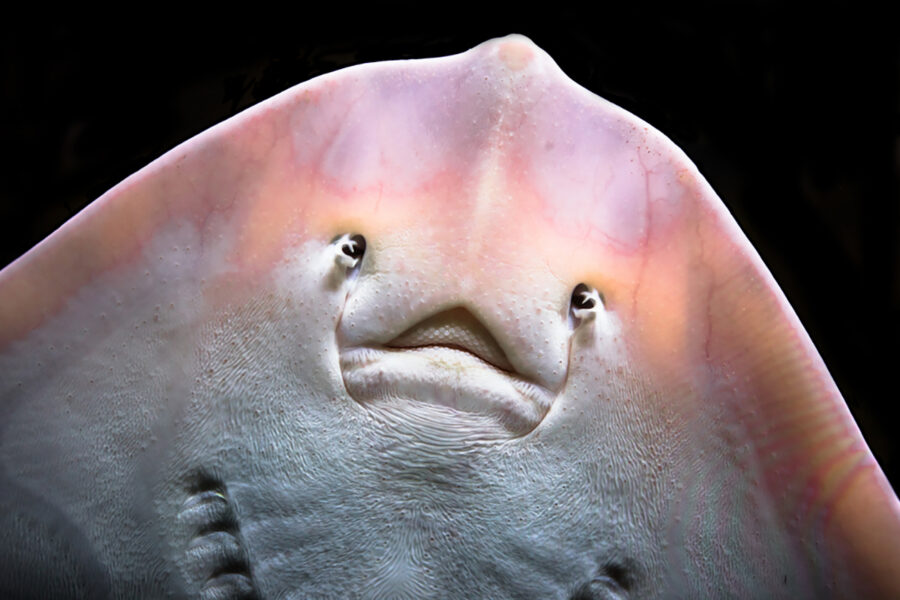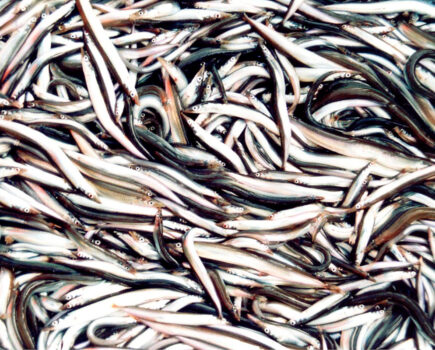Landmark meeting highlights need for urgent change.
A fundamental review of the management of EU skates and rays management is underway in Brussels, reports Tim Oliver.
There is a recognition that the current single one-size-fits-all TAC, covering 15 different species, is not working.
Fishermen are being denied the opportunity to fish species that are abundant, such as thornback rays and undulate rays, because of small quotas, while species that may be depleted are not being protected.
Thornback rays are particularly abundant in the southern North Sea and eastern Channel, with fishermen reporting huge catches that they have to discard (Fishing News, 4 May, ‘Thornbacks glut in SE England’).
The issue was discussed in depth at what was described as a ‘landmark meeting’ in Brussels last week, organised by the Commission and attended by EU industry stakeholders, scientists, member state officials and environmental NGOs, after being requested by member states.
The Commission’s scientific and technical committee (STECF) will now evaluate a range of alternative options and produce a report in the late autumn that will inform future management decisions. This should mean that at least interim changes can be in place by 2018, with a longer-term strategy being developed in the meantime.
The participants in the meeting will have the opportunity to comment on the terms of reference before they go to STECF.
NFFO chief executive Barrie Deas, who attended the meeting as a representative of the North Sea Advisory Council, said there was broad agreement throughout the meeting that the management of skates and rays fisheries is not fit for purpose.
“This was a very good meeting, that was attended by industry, scientists, officials and NGOs – the very fact that such a meeting took place, and at the request of the member states, is significant,” Barrie Deas told Fishing News.
“It suggests that there is now general recognition that the current arrangement serves neither the industry, eager to harvest abundant species, like thornback or undulate ray, nor provides sufficient protection for other ray species that may – or may not – be depleted.
“Skates and rays have only been TAC species for a few years. There are stock assessment problems due to issues such as data deficiencies and identification of different species – the Commission imposed a brutal precautionary approach to setting TACs that meant 20% cuts in the TAC year after year, and which has dragged down TACs to their very low current levels.
“Blunt management measures have included the misconceived prohibition on the landing of small-eyed ray and blond ray. There is now a glimmer of hope that a way forward can be found.
“What science there is confirms that some ray stocks of commercial interest are doing very well.”
Barrie Deas said concerns about the dangers of skates and rays becoming a critical choke species when they are phased-in to the landing obligation, either as a group TAC, as at present, or as single species TACs, was a major reason for the meeting taking place.
Industry representatives at the Brussels meeting, including the NFFO, highlighted the inadequacy of the current arrangements and stressed the urgent need for a new approach.
They supported the views of fishermen present with knowledge based on practical and direct experience of local fisheries, and suggested a phased approach with interim and then longer-term solutions.
Barrie Deas said, “Industry representatives conceded that there was a problem of limited data on some species, but they questioned whether there was a generalised problem, against the background of dramatically reduced fishing mortality across all areas and all the main species groups in the NE Atlantic since 2000, as well as positive stock trends on associated species.”
Stressing the need for urgency, Barrie Deas said the industry was worried that it could be left struggling with ‘a dysfunctional approach’ to skates and rays management for at least another year.
“The obvious solution would be an interim measure in 2018, with a separate TAC for those stocks like thornback that are abundant, while continuing to develop innovative but realistic protective measures for where it is needed, in time for 1 January, 2019.”
He said the ‘Brexit-shaped elephant in the room’ issue arose on several occasions during the meeting. But, as skates and ray stocks would continue to be shared after Brexit, the work done would be relevant under any scenario.
“Ensuring adequate fishing opportunities for fishermen, while affording stock protection where it is needed, will be at the focus of management concerns, whatever the regime,” said Barrie Deas.
‘Not fit for purpose’
Throughout the meeting there was broad agreement that the management of skates and ray fisheries is not fit for purpose:
- Sustainable fisheries on some ray species are being thwarted and fishing opportunities lost
- A group skates and ray TAC covering 15 individual species is being dragged down by the weakest species
- A blunt application of the precautionary approach drove the overall TAC downward by repeated 20% cuts over successive years. This created a significant regulatory discard problem in mixed fisheries where none previously existed. The industry is now dealing with the legacy of this blinkered approach
- A combination of data deficiency and the precautionary approach is now denying the fishing industry access to an important resource, while doing little or nothing for those species that may need additional protection
- Species identification, and therefore the quality of official catch statistics, is a major problem
- A very low group TAC, as at present, or an individual TAC for each of the 15 species, will prove to be the ultimate choke when skates and ray fall under the landing obligation on 1 January, 2019
- Ray populations can be very loyal to specific areas, but the TAC areas are often poorly aligned with the biological realities
- Alternative ways of protecting individual sub-species, such as spatial and temporal measures, are likely to be more effective than their inclusion in a group TAC, if they are well designed
- There is good reason to believe that many ray species demonstrate high survival when returned to the sea promptly. But the evidence needed to demonstrate this conclusively will not be available for some time, making high survival exemptions from the landing obligation problematic.
Read more news from Fishing News here.








